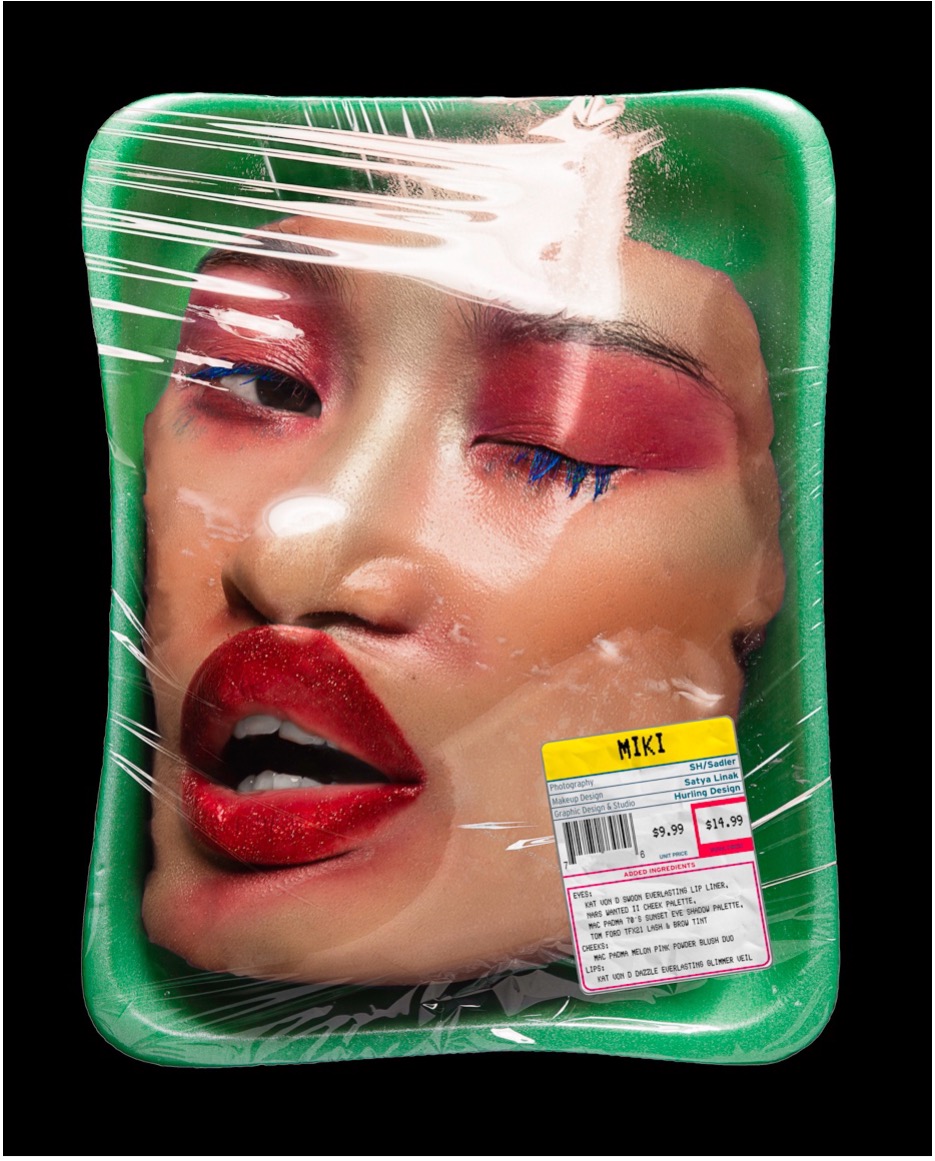How Millenials Are Filling Up On Filler
21 January 2024
In 2015, the world as we knew it was changed forever. Kylie Jenner admitted to having her lips filled.
The chaos that ensued not only launched Kylie’s now billion-dollar company Kylie Cosmetics, but massively increased the popularity in dermal fillers. Just 24 hours after Kylie’s confession, Dr Leah Clinics reported a 70% rise in enquiries for lip fillers. This iconic moment in history has aptly been named ‘The Kylie Jenner Effect’. Flash forward five years and the demand for dermal fillers is as strong as ever. But aside from the obvious lip plumping procedures, what actually are dermal fillers?
The NHS defines them as substances that are injected into your face in order to fill lines or wrinkles and add volume to certain areas. Most fillers can last between 6 and 18 months, however this varies depending on the type of filler that is used. According to the British Association of Aesthetic Plastic Surgeons, dermal fillers can either be biocompatible or synthetic, and if you’re aiming for Meghan McKenna as opposed to Katie Price we recommend opting for biocompatible. These fillers have a “perceived safety record” and a life cycle of about 6 months, whereas synthetic fillers are permanent and often “associated with rejection”, claims BAAPS. However, there is still a vast array of different substances that can be dermally injected all under the guise of being biocompatible.
Injectable fibroblasts, collagen implants, Juvederm – unless you’re one of the guys off Botched! filler can get pretty confusing. If you’re looking to get your lips done try and seek out somewhere that uses hyaluronic acid as this substance naturally occurs in the body anyway, so risk of rejection is much lower.
Another important factor to think about when getting fillers is where you get them done. The fact this industry is still fairly new means that it is almost entirely unregulated, so its important to find a licensed practitioner as opposed to a ‘self-taught’ aesthetician.
Unless you want to risk major infection, scarring and tissue death look up whether your practitioner is registered on the BAAPS, Joint Council for Cosmetic Practitioners, Save Face, or the British Association of Cosmetic Nurses.
Despite all the face botches of the past few decades (see: Pete Burns and half the Geordie Shore cast) the non-surgical cosmetic industry of Botox and lip fillers is worth £2.75 billion in the UK alone, according to the Royal Society for Public Health, and it seems that us millennials are the main customers. In a recent poll on VICE’s Snapchat audience (aged 13-24) it was found that over half of them viewed non-surgical cosmetics treatments, like lip filler, as comparable to getting a haircut or manicure. With such a young customer base already so comfortable with the idea of injectables, a question arises: at what point is it all too much?
The lack of regulation for non-surgical treatments has bred a new form of practitioner… the dreaded ‘Insta injectors’. These are people with little to no qualifications who run their ‘businesses’ primarily through social media pages, like Instagram. Whilst some of these injectors might be legitimate, a lot of them are offering procedures at half the price of standard clinics to make up for their lack of qualifications and experience. In addition to this, they’re pairing different procedures together as a ‘bundle deal’ so that customers can get a multitude of filler in their face for a discounted price.
We all love getting a bit more bang for our buck, but more established clinics are warning people against these ‘Kylie Jenner’ or ‘Kim K’ packages. The Consultant Clinic, a non-surgical aesthetic company run by doctors, took to their Instagram page in 2019 to point out that “Younger and potentially more vulnerable patients, with a lower income, may be inclined to go for these packages as they seem like ‘good value’, the majority of the time paying these places the same for three different treatments, as you would for one treatment with a reputable practitioner.” However, most of the customers opting for these packages are people in their early twenties who don’t need “so many areas treated at once to appear ‘balanced’”. It seems the ‘less is more’ approach has become officially #CANCELLED.
However, its not just the practitioners who are fighting back against these cheaper packages. A surgical and aesthetic guideline report from 2013, produced by Bruce Keogh (head of the NHS), held it unethical to incentivise any medical treatment, claiming that money should not influence such an important decision. It’s true that many people flocking to these unreliable practitioners for lip filler are now walking away with not only new lips but also cheeks, noses and jawlines. These injectors are supposed to be trusted medical figures that warn you away from too many treatments, but instead they’re doing the exact opposite to increase their cash flow. “This is not a supermarket. Your face is not something to buy ‘off the shelf’ on a ‘buy one get one free’ offer”, says the Consultant Clinic.
It’s abundantly clear that getting dermal fillers is no decision to take lightly. Unless you want to risk permanent damage to your face or get pulled into different treatments you don’t even want, the most important thing to remember when navigating this modern world of injectables is that you should always use a licensed practitioner. In an age where every other celebrity seems to be getting filler, the pressure from the media can make it seem like aesthetic treatments are the new norm to be done by all. But following trends simply because you’re comparing yourself to celebrities is a slippery slope to go down, and we should all remember the wise words of Queen B: “The most alluring thing a woman can have is confidence.”
